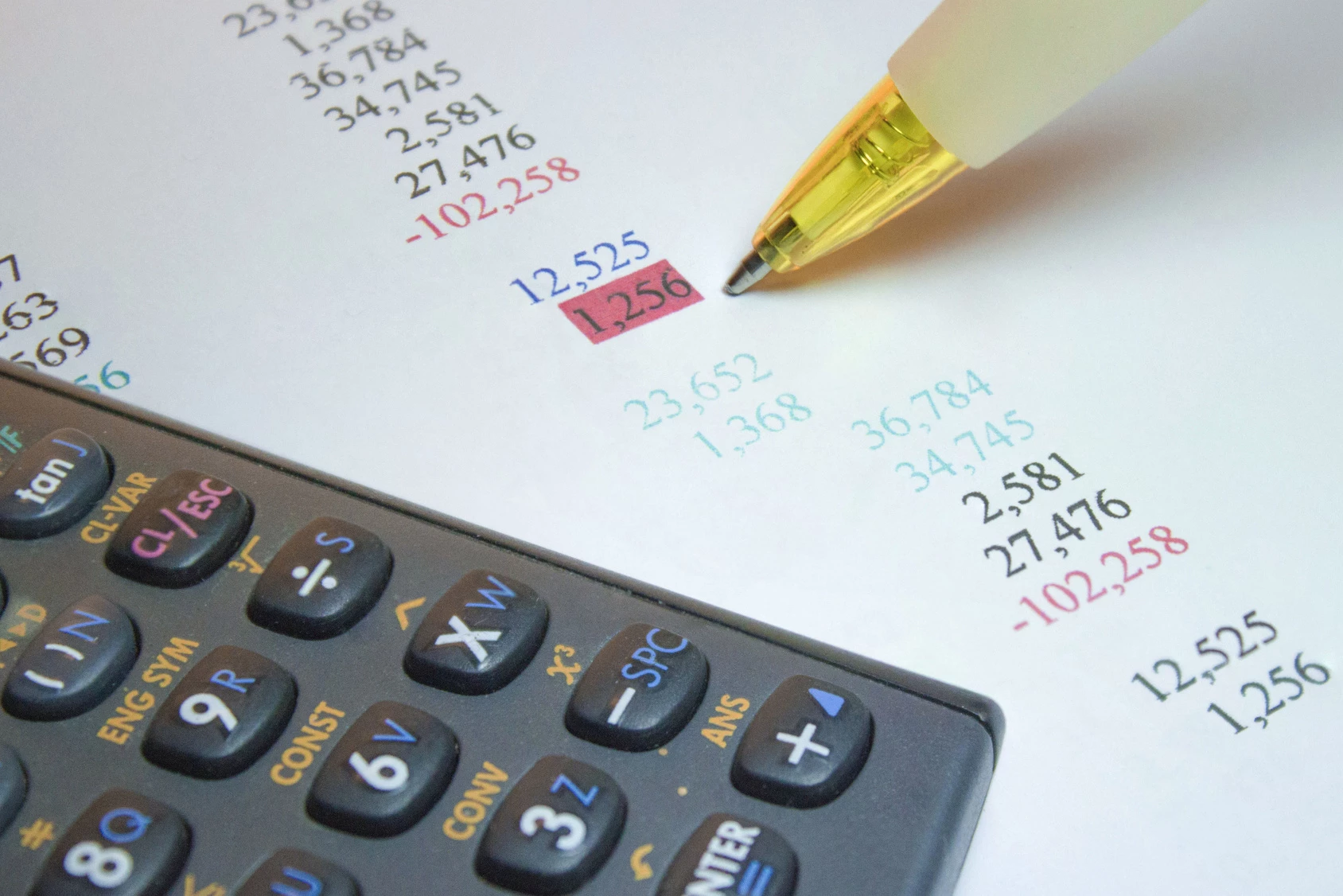 By James O'Brien
By James O'BrienIf more and more students are leaving U.S. colleges and universities with five figures of student loan debt, and an increasing number of them end up delinquent in repaying those loans, are we looking at a financial bubble? And will that bubble burst?
"Very possibly," says Bob Traitz, a college financial-planning professional with American Education Funding. "I believe that it might become necessary to limit student loans, to the degree that one is able to demonstrate their ability to repay what they've borrowed."
It's a potentially controversial idea -- one that raises the concept of new regulations -- but Traitz says the underlying issue is affordability and whether private and federal student-loan institutions?are allowing higher-ed tuition to balloon out of control, setting students up for a post-graduation fall.
"Continually lending to people with no credit history, who are considered a huge financial risk?" says Traitz. "The perfect storm does exist."
Borrowing more than ever, repaying at the same old pace
So, about this potential bubble: Is there one, whose bubble is it, and what happens if it breaks?
Here are some key things that we know. The Federal Reserve Bank of New York released a report, in February 2013, showing an increase in total student-loan balances among every age group. Student loan debt totals close to $1 trillion in the United States, but it was only about one-third that amount about a decade ago.
And these loans now represent the second-highest balance that individuals in the U.S. carry, coming in just behind mortgages in the New York Fed's report. Student loan balances are 70% higher than they were in 2004, and 70% more borrowers are carrying them than were nine years ago.
Other details further define what the debt load looks like.
Traitz equated the lending of large amounts of money to students -- without careful attention to whether they'll be able to repay it -- to similarly reckless homebuyer lending in 2008.
"Colleges are not subjected to free-market pricing conditions, as they have been granted a pass to set unreasonable prices, and then introduce annual increases over and above the cost of living," Traitz says. "Their pricing actions are completely independent of free-market pricing pressures."
In a recent interview, Matt Taibbi, political reporter for?Rolling Stone, echoed those thoughts.
At the same time, says Mark Kantrowitz, publisher of financial-aid resource sites Fastweb.com and FinAid.org, "Progress in paying back student loans is only about 7% of the student-loan volume. One step forward and two steps back. It's always been like that."
What can that mean, and what does that process create? Well, according to New York Fed measurements, this year some 17% of borrowers are past due by 90 days or more, up from 10% in 2004.
Ripple effect: Future students and failed schools
Unless the scenario changes, Traitz suggests that students stand to drive up the rate of loan defaults in the U.S. At present, the default rate hovers at about 10%. One day, analysts could be looking at rates even higher.
But how bad would it have to get for a "bubble" effect, and what would that do to students whose bank accounts and earnings are on the line?
"A bubble starts getting attention when it affects one-third of a relevant population," says Kantrowitz. "One-third is the key factor. What this means is that these borrowers may not be able to save for their own kids' college education because they're devoting their money to paying back their own loans ... and they won't borrow from loan programs because they're up to their eyebrows in their own student-loan debt."
Kantrowitz describes something familiar. It's the "blow off" phase in what Dr. Jean-Paul Rodrigue of Hostra University?presents as the characteristics of economic bubbles: Confidence and expectations of a product plummet, and over-leveraged assets prompt financial crises among consumers.
Another ripple effect of a bursting bubble could be that college enrollment collapses, especially at smaller, expensive liberal-arts schools where post-grad jobs tend not to be as lucrative as those in finance, medicine, engineering, or other areas.
Traitz says the path away from such scenarios may depend upon rethinking what kinds of loans students can take. Should the lending arms of higher ed have more control?
"It might be viewed as politically incorrect to over-regulate student loans before we reach crisis level -- 'bubblepopping' -- stages," says Traitz, though he suggests the stakes warrant the consideration.
"At least with the housing bubble, the loans were secured," Traitz says. "Though the collateral was declining in value, there was still something to repossess in the case of default. When it comes to student loans, they can't be discharged and there is no collateral for the government to attach in an effort to recover taxpayers' money."
Get registered and learn more